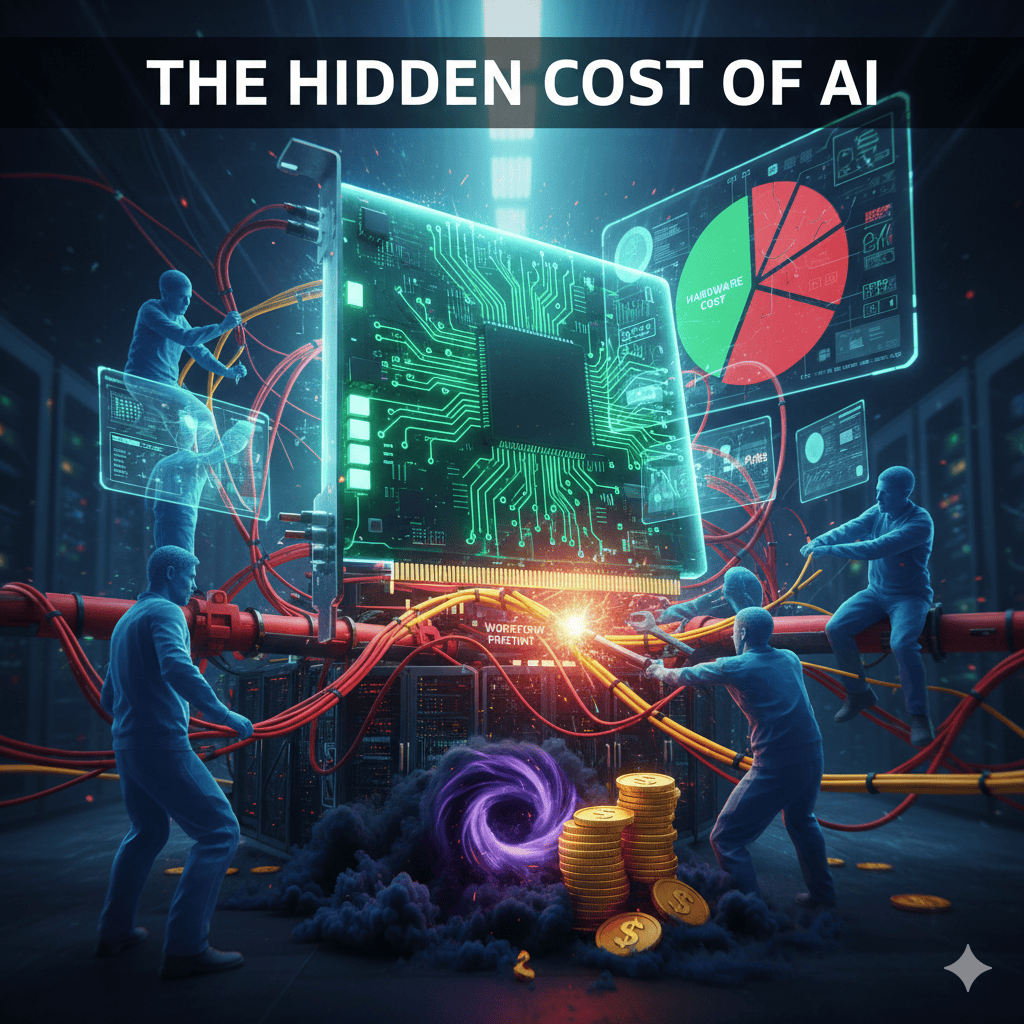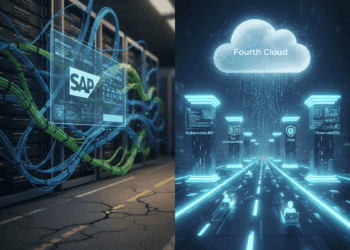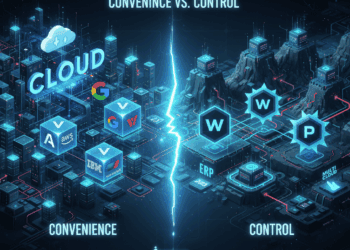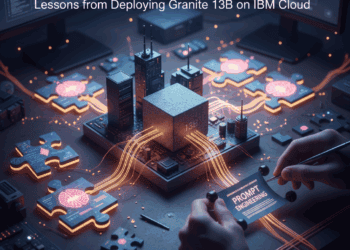The Operational Cost of AI: Quantifying the Hidden Friction of GPU Adoption
TL;DR
The biggest cost of enterprise AI isn’t GPU hardware — it’s the operational and organizational friction that follows. Adding GPUs reopens stable workflows, multiplies complexity, and demands new skill sets. Enterprises that focus solely on hardware pricing or token-based benchmarks miss the true Total Cost of Ownership: the cost of change itself.
The Problem
AI budgets are ballooning, yet few CIOs can articulate what they’re actually buying. Every vendor claims faster GPUs; almost none talk about the operational tax that follows.
When enterprise IT teams begin exploring Artificial Intelligence, the discussion inevitably pivots to GPUs. It’s an excellent question, and the simple answer is that the cost is far more than the price of the hardware or the cloud instance. You have to look beyond the bill of materials and analyze the Total Cost of Ownership (TCO) and the operational ripple effects across your entire organization.
The rush to “get AI-ready” has triggered the same kind of replatforming chaos we saw during the early days of cloud adoption. The financial risk isn’t just overspending on GPUs—it’s reopening stable workflows that underpin regulated, revenue-critical systems. What looks like a hardware budget question quickly becomes an operational resilience problem that deserves board-level attention.
Before we even discuss the cost, the first question I always ask is: Have you proven you actually need a GPU?
The impulse to grab the most powerful hardware is strong, but it’s often not the most effective business decision. You must benchmark your specific applications first to see if expensive compute will deliver the Return on Investment (ROI) you’re expecting
1. Direct Costs: Match the Hardware to the Workload
This is the easy part—the cost of the compute itself. Whether you’re buying hardware for your data center or, more likely, renting cloud instances, you must match the hardware to the job.
Using a common Retrieval-Augmented Generation (RAG) use case—say, handling 300 inquiries per minute, or roughly 5 requests per second—you have clear options:
-
High-End GPUs (e.g., H100s): Overkill for most inference workloads. Their cost is prohibitive unless you have massive, sustained demand or are training large models.
-
Modest GPUs (e.g., A10s, L4s): Likely sufficient for 5 RPS with just 2–3 GPUs. Designed for inference and offer a solid balance of performance and cost.
-
Modern CPUs (e.g., AMD EPYC, Intel Xeon): Don’t discount CPUs. A 64-core server can push 100–150 tokens/second. You might need 8–10 CPU servers, but this path can be cost-effective if your team’s expertise is in traditional infrastructure.
The key takeaway: don’t use an H100 for a task an L4—or even a CPU fleet—can handle economically. The real financial danger lies in the next category.
2. Hidden Costs: The Operational Friction That Trips Up Teams
This is where the real TCO is realized, and it’s what erodes efficiency across enterprise environments. Adding a new class of hardware to your stack is not a simple plug-and-play operation.
The following table summarizes the hidden friction layers most teams overlook when modeling GPU adoption costs:
| Cost Layer | Description | Example Impact |
|---|---|---|
| Hardware | GPUs, power, cooling, network segmentation | $15K–$30K per card, plus 20–30% higher energy cost |
| Software Stack | Drivers, runtimes, orchestration (CUDA, Triton) | Adds new patch cycles & operational risk |
| Data Rework | Model prep, I/O optimization, request batching | 3–6 months of engineering overhead for data pipelines |
| People | GPU/MLOps expertise, specialized engineers | Scarce, premium cost, and training time |
| Underutilization | Idle GPUs, scheduling gaps, insufficient queueing | 50–70% utilization losses typical without dedicated tooling |
| Governance | New audit, security, and observability paths | Requires new compliance and risk workflows |
Increased Platform Complexity and Sprawl
The moment you introduce GPUs, you often create a fork in your operational model. You now have a “GPU-enabled” workflow and a traditional CPU-based one — separate host images, runtimes, drivers, and monitoring needs. This platform sprawl erodes efficiency and drives long-term operational overhead.
The Scarcity of Specialized Talent
Your infrastructure team may have decades of VMware or Kubernetes experience but lack GPU-specific expertise. Engineers fluent in CUDA, cuDNN, and GPU scheduling are scarce and expensive, creating immediate hiring and training costs.
The Gravity of the AI Workflow
The GPU is just one piece of a larger puzzle. The real challenge isn’t inference; it’s orchestrating the entire data flow — pre-processing, batching, and post-processing. This “workflow gravity” pulls in far more engineering time than the GPU management itself.
The Cost of Underutilization
A GPU sitting idle is one of the most expensive paperweights in IT. Unlike CPUs, GPUs are specialized and only deliver ROI when heavily utilized. Preventing that waste requires a surrounding architecture—queuing, batching, and autoscaling—to keep the pipeline full.
These cost layers interact—infrastructure drives process changes, which drive staffing needs. Quantifying that interplay is where the real TCO lives.
The lesson isn’t to avoid GPUs—it’s to integrate them intentionally.
The lowest TCO usually comes from aligning accelerator adoption with existing operational patterns, not reinventing them. Open toolchains and hybrid CPU–GPU architectures help avoid the two-pipeline trap and reduce governance and platform complexity costs.
My Actionable Advice
To manage TCO effectively:
-
Measure Everything: Benchmark your specific model on CPUs and multiple GPU classes to find the actual price-performance sweet spot.
-
Analyze the Entire Workflow: Map the process end-to-end. The bottleneck might be the database or network, not the model inference.
-
Factor in People and Process: Assess whether your team has the skills and organizational readiness to manage the added complexity. The cost of hiring and coordination friction is real.
Adding a GPU can be a powerful lever for performance—but only if you enter with a clear understanding of the full operational and organizational cost.
The Enterprise GPU Adoption Cost Framework
I call this lens the Enterprise GPU Adoption Cost Framework.
It’s not about measuring tokens or TFLOPS—it’s about quantifying the operational gravity that determines whether AI investments actually create value.
In future pieces, I’ll break down these cost levers further and introduce a Friction Index for benchmarking enterprise readiness.
Share This Story, Choose Your Platform!

Keith Townsend is a seasoned technology leader and Founder of The Advisor Bench, specializing in IT infrastructure, cloud technologies, and AI. With expertise spanning cloud, virtualization, networking, and storage, Keith has been a trusted partner in transforming IT operations across industries, including pharmaceuticals, manufacturing, government, software, and financial services.
Keith’s career highlights include leading global initiatives to consolidate multiple data centers, unify disparate IT operations, and modernize mission-critical platforms for “three-letter” federal agencies. His ability to align complex technology solutions with business objectives has made him a sought-after advisor for organizations navigating digital transformation.
A recognized voice in the industry, Keith combines his deep infrastructure knowledge with AI expertise to help enterprises integrate machine learning and AI-driven solutions into their IT strategies. His leadership has extended to designing scalable architectures that support advanced analytics and automation, empowering businesses to unlock new efficiencies and capabilities.
Whether guiding data center modernization, deploying AI solutions, or advising on cloud strategies, Keith brings a unique blend of technical depth and strategic insight to every project.




